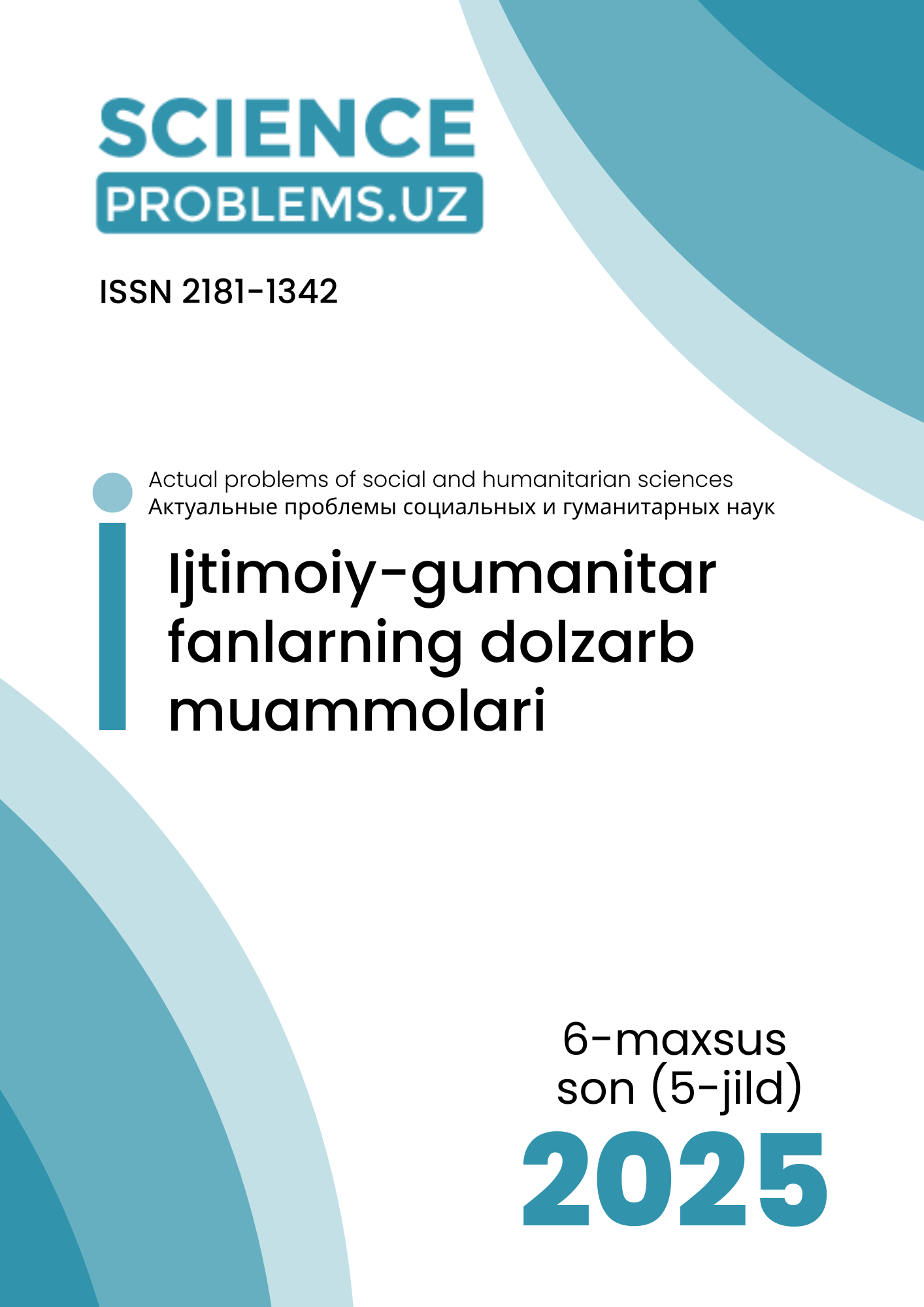LINGUISTIC MECHANISMS OF FORMATION OF GENDER REPRESENTATIONS IN THE SPEECH OF RUSSIAN CHILDREN
DOI:
https://doi.org/10.47390/SPR1342V5SI6Y2025N18Keywords:
gender, children’s speech, Russian, linguistic stereotype, lexical model, grammatical model.Abstract
This article analyzes the linguistic mechanisms shaping gender representation in the speech of Russian children. The study explores both lexical and grammatical markers, examining how social and cultural factors contribute to gendered language. Methodologically, empirical data and comparative analysis are employed. The research finds that Russian children’s speech consistently displays gender-related lexical and grammatical patterns linked to broader social context.
References
1. Бенбениcти Э. Психолингвистические основы речевого развития детей. — Москва: Просвещение, 2008. — С. 37–52.
2. Борисова И.Л. Гендерная специфика коммуникации: детский возраст. // Вестник МГПУ. — 2016. — №6. — С. 89–96.
3. Hall K., Bucholtz M. Gender Articulated: Language and the Socially Constructed Self. — New York: Routledge, 1995. — pp. 15–38.
4. Omonova T. Gender representations in Russian children’s discourse. // O‘zMU Xabarlar to‘plami. — Toshkent: O‘zbekiston, 2020. — №3 — b. 124–130.








